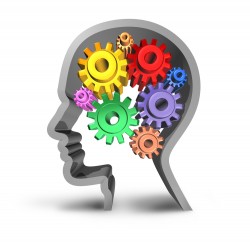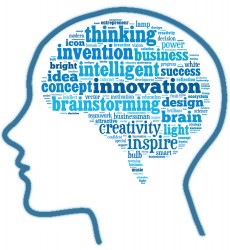We have all had “ah-ha” moments when we finally figure out how to solve a challenge. But where do the insights come from? Researcher Mark Beeman wondered the same thing.
As discussed in Jonah Lehrer’s book Imagine – How Creativity Works, Mark Beeman used the latest technology available to neuroscience to study what happens in the brain when we experience insights. What Beeman and his team discovered was our insights do not appear out of nowhere; our brain starts laying the groundwork for the breakthrough much earlier than we realize.

When we first encounter a tough challenge, our brains are typically overloaded with wrong answers. Then our brains quickly tire. This is the phase were we feel stumped, and this stumped phase of creativity is something we do not enjoy. We feel frustrated, we may complain about the level of difficulty, or we may threaten to quit altogether. Interesting enough these negative feelings are an essential parts of the process.
When we are struggling to find an answer, we eventually shift our thought process from the literal left side of the brain to the right side where we are better able to explore unexpected associations. And we’ve all experienced the feeling when this occurs. New ideas start to flow, what seemed impossible isn’t so overwhelming, and we take big steps toward figuring out what confronts us.

Therefore, we will become even better problem solvers if we understand the value of the stumped phase of creativity. This is not a time to quit. Instead, we need to help our brains make the shift, which often comes after we take a break from the challenge. What helps you relax? What is an appropriate diversion to take when you’re stumped? Answer those questions and you will be on your way to even more insights.
